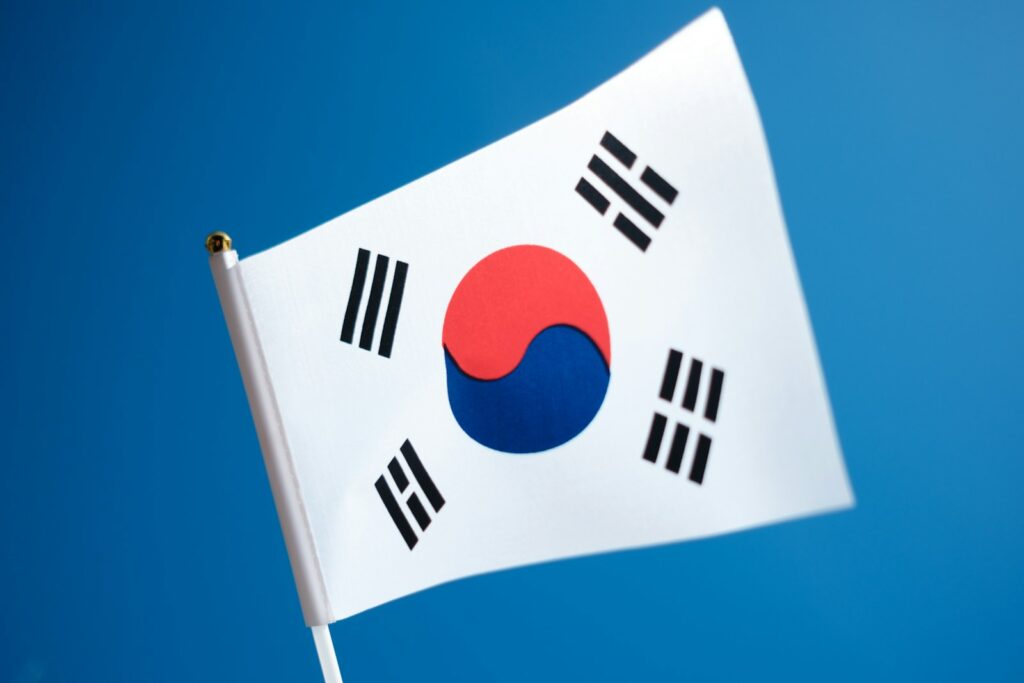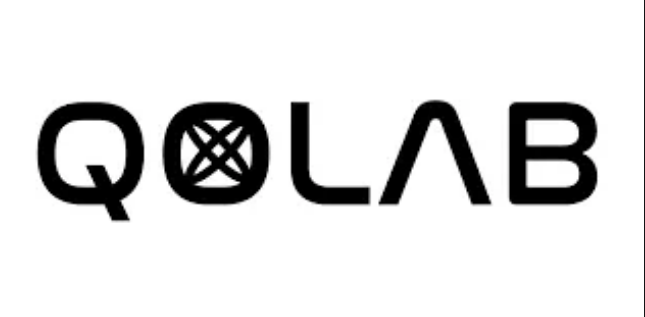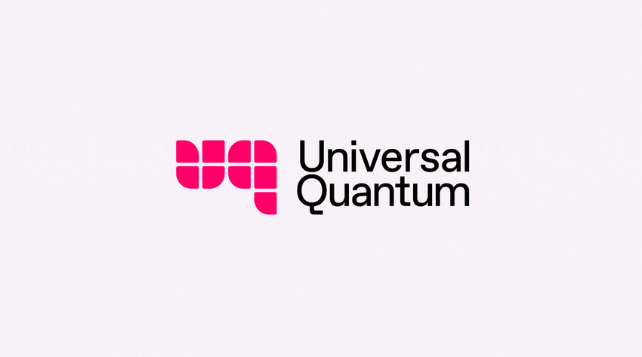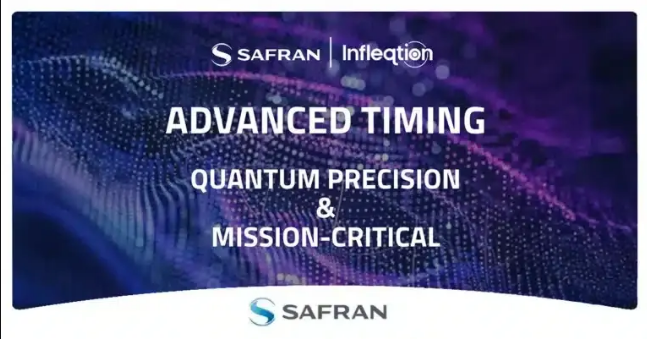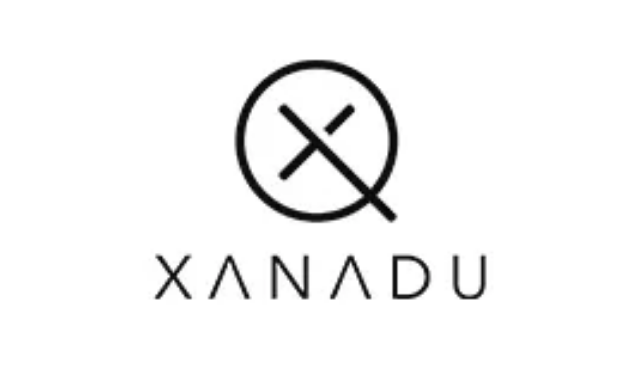Guest Post by Zenia Tata, Board of Advisors
As the turn of the century approached in the late 1990s, people worldwide began to panic, believing their computers would stop working, and all their content would be wiped clean.
But it wasn’t just people, business, companies, governments; everybody everywhere feared that when the two-digit end of the year was 00 again, it was pretty much doomsday.
Panic shopping was in full swing. Residents across the globe were literally preparing for the end of the world. Others were planning to party like it was 1999.

When computers were first developed, programmers coded them using two-digit years instead of four-digit years. So, as the end of the century loomed, tech geeks were concerned that the ‘00’ date would set everything back to 1900.
Gartner was right on the money
On March 12, 1998, the Gartner Group, a US-based computer consultancy firm, estimated that fixing the bug would cost at least $300 billion ($543 billion adjusted with inflation to 2025). And they were right on the button.
The Y2K rescue mission included programming services to fix mainframe, minicomputer, PC and UNIX application code, and patches to PC software and OS upgrades.
The $300 billion spent on the mission might seem like a considerable sum of money, but it pales in comparison to the damage to the world’s economy that would have been if its technology-dependent infrastructures were to crash.
Setting the record straight
Today, some may be drawing comparisons between Y2K and Q-Day, but experts from Entrokey offer several lessons to understand the difference more clearly.
“With Y2K, the world had a fixed, immovable deadline,” said Entrokey co-founder and CEO David Harding, who back then worked for several prominent firms on resolving the end-of-century issue.
“Governments, corporations, and technologists rallied around that date with coordinated remediation efforts: code rewrites, system upgrades, endless testing. The countdown gave urgency and clarity—and when the clock struck midnight, the anticipated catastrophe never happened. It was the success story experts predicted.”
However, if Y2K had not been resolved, the global financial damage could have exceeded $1 trillion (Approx. $2 trillion today), as financial systems, power grids, water systems, telecommunications, air traffic, shipping and logistics, governments, healthcare, social security, and tax systems, and even supermarkets would have been shut down from days to weeks.
An open-ended threat
“By contrast, the quantum (Q-Day) threat is open‑ended and opaque,” Harding added. “There is no set date to prepare for, while experts estimate that a quantum machine capable of breaking RSA‑2048 could materialize within this decade, possibly as soon as the early 2030s, although others believe it could be viable, even commercially, within a few years.”
Deloitte, a top-four global consulting firm, warned that quantum computers will be available commercially over the next couple of years. It will likely be able to break public key encryptions, which secure 90% of the world’s encrypted data.
The firm also said that financial services institutions (FSIs) would “likely be the primary target for quantum computer cyberattacks and data breaches. In the United States, a single quantum attack that disrupts access to the Fedwire Funds Service payment system for one of the five largest financial institutions would lead to cascading financial failures impacting the US GDP to the tune of up to $3.3 trillion.”
Hackers are ready for Q-Day
Harding has another highly concerning revelation. “Hackers have been harvesting encrypted data for years, intending to decrypt it retroactively via a quantum attack, making this cybersecurity threat a current, not future, problem.”
Entrokey co-founder and president, Eric Dresdale, said that what all this means is that defenders must prepare without a date-driven deadline—and adversaries might strike first.
“Worse,” he warned, “Our reliance on digital systems today is exponentially higher: from less than 1% of all stored information being digital in the late 1980s to virtually 99% by 2014, with global data volume soaring toward hundreds of zettabytes by 2025.”
Dresdale said that “the digital footprint that quantum attackers could someday unlock is far broader and deeper than anything imaginable in 1999.”
These comparisons underscore why dealing with Q‑Day is far more complex. “There’s no fixed timeline, exponentially greater scope, and adversaries who can quietly harvest encrypted data now and decrypt it later,” Dresdale reiterated.
A race against the unkown
If Y2K was a race to the clock and Q-Day is a race against the unknown, then the AI threat is a race that’s already started—and gaining speed daily, Harding and Dresdale agree.
“Unlike Y2K, where failure modes were largely deterministic and preventable through code updates, AI threats are adaptive, autonomous, and constantly evolving,” Harding said.
By now, people around the world are fully aware of the damage Deepfake attacks, autonomous phishing campaigns, AI-assisted malware, and real-time decision hacking can do, eroding trust in systems and institutions.
“And unlike the quantum threat—which may give us some warning signs—AI doesn’t wait,” said Dresdale. “It mutates in real time, learns from defences, and exploits scale and speed beyond human capacity to respond.”
A more dangerous convergence
The two Entrokey founders and their colleague, the CCO, Patrick Hearn, explain that what is even more dangerous is the convergence of AI and quantum, creating a scenario that would collapse the globe’s traditional risk models.
In this hybrid landscape, AI becomes the reconnaissance tool—scanning for vulnerabilities, optimizing attack vectors—while quantum becomes the warhead, breaking the encryption that safeguards global communications, defense systems, and financial infrastructure.
“Together, they represent an unprecedented threat that attacks the logic and the mathematics of digital trust,” said Hearn, concluding that, “Unlike Y2K, we’re not just protecting computers—we’re protecting a world that has gone almost entirely digital. And unlike Q-Day, AI isn’t coming—it’s here.”











